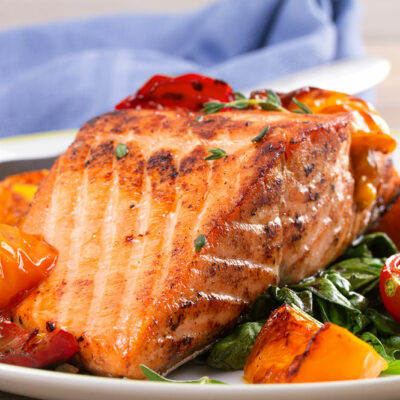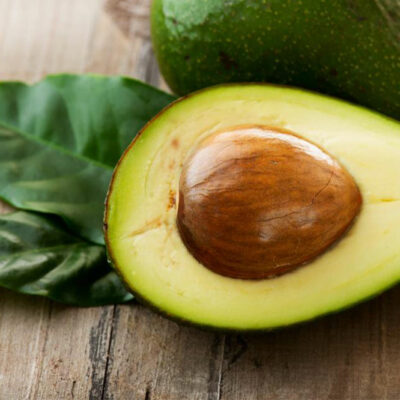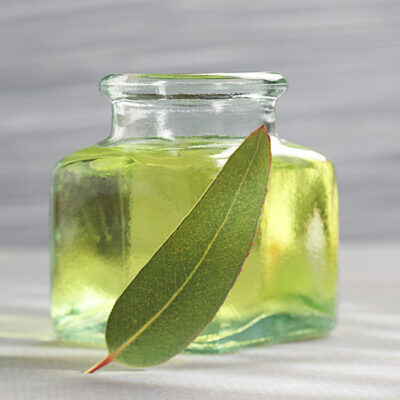
Nutrition
Foods To Include In a COPD Diet
If you are someone who is suffering from chronic obstructive pulmonary disease or COPD, you should adopt healthy eating habits. Although a healthy diet won’t cure the disease, it would help manage the infection efficiently. You should know what foods to eat and avoid for COPD patients. Keeping a check on your eating patterns can make you feel better, in turn, energizing you. You should consume a diet that is higher in fat and low in carbohydrates. A reduced carbohydrate diet will lower the production of carbon dioxide in the body. It is important to consume foods that give you more energy. Foods to eat and avoid for COPD patients Intake protein-rich foods For patients suffering from COPD, consuming protein-rich foods is a must. They should consume more grass-fed meats, fish, like salmon, mackerel, and sardines, and pastured poultry and eggs. Eat more carbohydrates Complex carbohydrates are high in fiber and also help to improve the function of the digestive system and blood sugar. Among the foods to eat and avoid for COPD patients, beans, bran, lentils, potato, quinoa, oats, and barley are a must. Embrace oatmeal with milk This is a great way to start your day. Eating oatmeal with milk is easy to prepare, and is an energy-rich food.
Read More 















